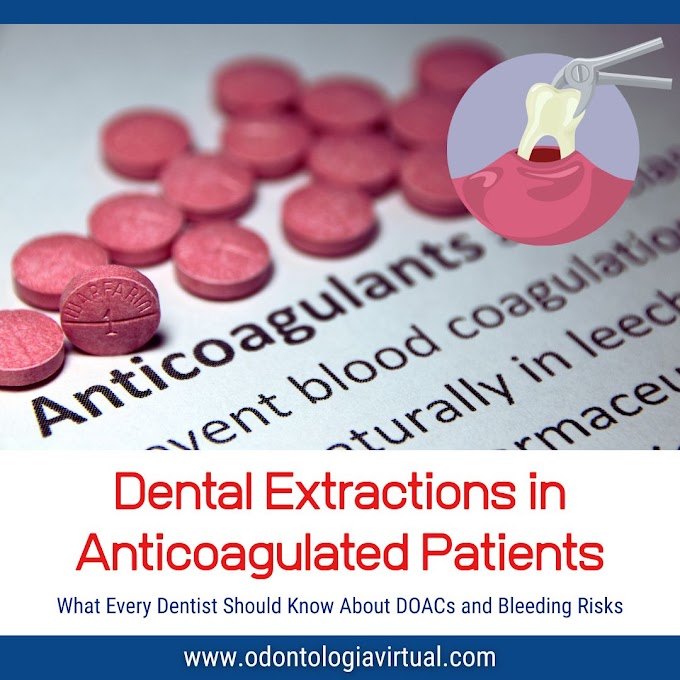The Odontogenic Keratocyst Tumor (OKC) represents one of the most intriguing and clinically challenging lesions in oral and maxillofacial pathology.
Initially considered a benign developmental cyst, it was reclassified by the World Health Organization (WHO) in 2005 as a tumor due to its aggressive behavior and tendency to recur—although it has since been re-evaluated again in the 2022 classification.
Originating from the remnants of the dental lamina, OKCs are commonly found in the posterior mandible but may appear anywhere in the jaws.
Despite often being asymptomatic, they have the potential to grow extensively, displacing teeth and causing cortical bone expansion with minimal clinical signs.
This deceptive presentation makes diagnosis and long-term management essential for oral health professionals.
Clinicians, radiologists, and oral surgeons must be familiar with the radiographic characteristics and histopathological hallmarks of OKCs.
The lesion’s capacity to infiltrate adjacent tissues, its frequent recurrence after simple enucleation, and the potential for association with nevoid basal cell carcinoma syndrome (Gorlin-Goltz syndrome) demand a vigilant, evidence-based approach to treatment and follow-up.
This post explores the latest scientific understanding of OKC, from diagnosis to advanced management options, based on recent publications and global consensus in the field of oral pathology.
What Is an Odontogenic Keratocyst Tumor?
The OKC is a benign but potentially aggressive intraosseous lesion derived from odontogenic epithelium.
It was previously termed keratocystic odontogenic tumor (KCOT) but is now more conservatively named odontogenic keratocyst following WHO 2022 criteria, although its neoplastic behavior is still debated.
Clinical and Radiographic Features
✔ Frequently occurs in the mandibular ramus and angle.
✔ Patients aged 10 to 40 years are most commonly affected.
✔ Males are more frequently diagnosed than females.
✔ May remain asymptomatic for years.
✔ Larger cysts may cause facial swelling, displacement of teeth, or bone expansion.
✔ Often associated with unerupted third molars.
Radiographically, OKCs are typically seen as unilocular or multilocular radiolucencies with well-corticated borders.
Lesions tend to expand in the antero-posterior direction, without significant bucco-lingual expansion, which helps differentiate them from other jaw cysts and tumors.
Histopathology
Key histological features include:
✔ A uniform epithelial lining, 6–10 cells thick.
✔ Corrugated parakeratinized surface.
✔ A palisaded basal cell layer .
✔ Presence of daughter or satellite cysts in the fibrous wall.
✔ Possible mural epithelial proliferations.
These microscopic characteristics contribute to the lesion’s locally aggressive behavior and its propensity for recurrence, particularly when satellite cysts are not completely removed during surgery.
Treatment Modalities
Managing OKCs requires a strategic and often multimodal approach. Common options include:
✔ Simple enucleation (high recurrence risk).
✔ Enucleation with peripheral ostectomy.
✔ Use of Carnoy’s solution or cryotherapy to destroy residual epithelial remnants.
✔ Decompression or marsupialization, especially for large lesions in young patients.
✔ Radical resection, in severe or recurrent cases.
No single treatment guarantees zero recurrence. Decisions must consider the patient’s age, general health, size/location of the lesion, and whether it is a solitary lesion or part of Gorlin syndrome.
Prognosis and Follow-Up
Despite being benign, OKC’s recurrence rate ranges between 25–60%, particularly when treated conservatively.
Recurrence may occur years after treatment, necessitating long-term radiographic monitoring—preferably using panoramic radiographs and cone beam CT scans.
Patients with multiple or recurring OKCs should be evaluated for nevoid basal cell carcinoma syndrome, especially when systemic signs such as basal cell carcinomas or skeletal anomalies are present.
Conclusion
The Odontogenic Keratocyst Tumor is a critical entity in oral pathology due to its aggressive biological behavior, radiographic variability, and histological complexity.
Understanding its clinical presentation and potential for recurrence allows oral health professionals to design more effective surgical and follow-up strategies.
With ongoing research into molecular pathways, particularly PTCH1 gene mutations and the role of Hedgehog signaling, new therapeutic targets may emerge to complement traditional surgical methods in the near future.
Scientific References
- MacDonald-Jankowski DS. Keratocystic odontogenic tumour: systematic review. Dentomaxillofac Radiol. 2011.
- WHO Classification of Head and Neck Tumours, 5th edition (2022) – IARC.
- Kaczmarzyk T et al. Recurrence rate for keratocystic odontogenic tumor after conservative or aggressive treatment: a systematic review. Oral Surg Oral Med Oral Pathol Oral Radiol Endod. 2011.













